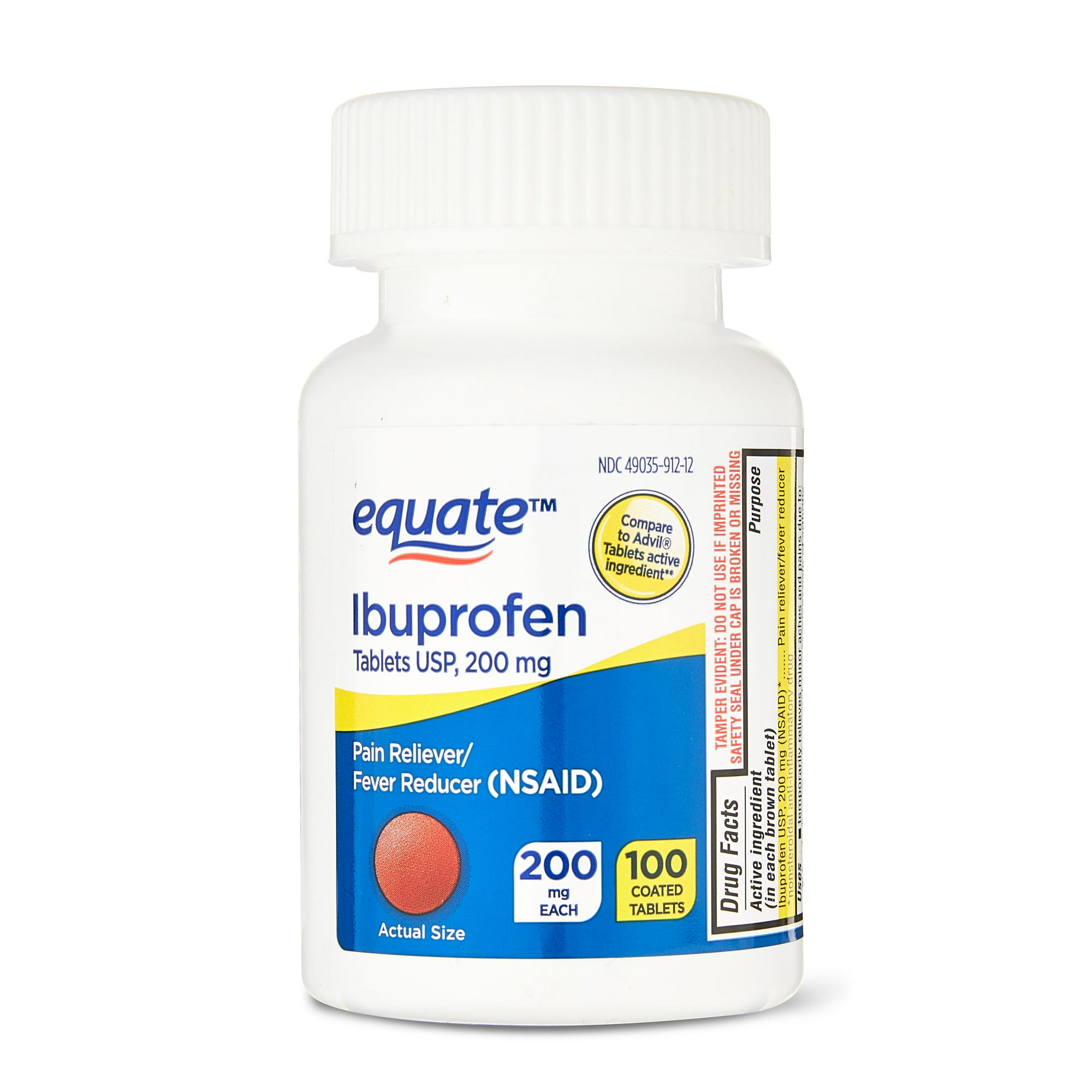What are the symptoms of Sever’s disease?
Sever’s disease, also known as calcaneal apophysitis, is a common cause of heel pain in growing children and adolescents. It involves inflammation of the growth plate (apophysis) at the heel. The symptoms of Sever’s disease include:
- Heel Pain: The primary symptom is pain in the heel, which is often described as aching or sharp. The pain may be more pronounced with activity and improve with rest.
- Tenderness: The heel area, especially around the back or bottom of the heel, may be tender to the touch. Pressing on the heel can elicit discomfort.
- Swelling: There may be mild swelling around the heel, although this is less common.
- Pain with Activity: The pain typically worsens with physical activities that involve running, jumping, or excessive walking. The discomfort might be relieved with rest or by reducing activity levels.
- Pain After Activity: The pain often becomes more noticeable after sports or other activities that put strain on the heel.
- Walking Abnormalities: Children with Sever’s disease may alter their gait or walking pattern to avoid putting pressure on the painful heel, which can lead to limping or changes in walking posture.
- Stiffness: There may be stiffness in the heel, particularly in the morning or after periods of inactivity.
- Discomfort with Footwear: The child may experience increased discomfort when wearing certain types of shoes, especially those with poor cushioning or inadequate support.
If these symptoms are present, it is advisable to consult a healthcare provider for an accurate diagnosis and appropriate management plan.
What are the causes of Sever’s disease?
Sever’s disease, or calcaneal apophysitis, is caused by inflammation of the growth plate (apophysis) in the heel, which is a common issue during periods of rapid growth in children and adolescents. The causes and contributing factors include:
- Repetitive Stress: Repeated stress and strain on the heel from activities such as running, jumping, or sports can lead to inflammation of the growth plate. The constant pressure and impact on the heel can aggravate the area.
- Overuse: Excessive physical activity or sports participation without adequate rest can contribute to the development of Sever’s disease. Overuse increases the strain on the heel and can lead to inflammation.
- Growth Spurts: Sever’s disease typically occurs during periods of rapid growth, when the growth plate is particularly vulnerable to stress and strain. This is commonly seen in children and adolescents between the ages of 8 and 14.
- Inadequate Footwear: Shoes that do not provide proper cushioning, support, or fit can exacerbate the condition. Poorly fitted or worn-out shoes may increase pressure on the heel.
- Biomechanical Issues: Abnormalities in foot mechanics, such as overpronation (excessive inward rolling of the foot) or flat feet, can increase stress on the heel and contribute to the development of Sever’s disease.
- Tight Achilles Tendon: A tight or shortened Achilles tendon can increase strain on the heel and contribute to inflammation. Stretching exercises for the Achilles tendon may be part of the treatment plan.
- Increased Physical Activity: Sudden increases in physical activity or changes in exercise routines, particularly those involving high-impact activities, can increase the risk of Sever’s disease.
- Weight and Activity Level: Children who are overweight or have high levels of physical activity may be more susceptible to developing Sever’s disease due to increased stress on the heel.
Understanding these causes can help in preventing and managing Sever’s disease. If symptoms are present, a healthcare provider can help determine the most appropriate course of action for treatment and prevention.
What is the treatment for Sever’s disease?
The treatment for Sever’s disease focuses on relieving pain, reducing inflammation, and managing symptoms while allowing the growth plate to heal. Treatment strategies include:
- Rest and Activity Modification: Reducing or temporarily stopping activities that exacerbate the heel pain, such as running or jumping, is crucial. Allowing time for rest and recovery helps reduce stress on the heel.
- Ice Therapy: Applying ice to the affected heel can help reduce inflammation and alleviate pain. Ice should be applied for 15-20 minutes several times a day, especially after activities that aggravate the symptoms.
- Pain Relief: Over-the-counter nonsteroidal anti-inflammatory drugs (NSAIDs), such as ibuprofen or naproxen, can help manage pain and inflammation. Acetaminophen can be used if NSAIDs are not suitable.
- Footwear Adjustments: Wearing well-fitted shoes with proper cushioning and arch support can reduce pressure on the heel. Avoiding high heels or shoes with inadequate support is important.
- Orthotic Inserts: Custom or over-the-counter orthotic inserts can provide additional cushioning and support to the heel. They can help correct any biomechanical issues and reduce stress on the growth plate.
- Stretching and Strengthening Exercises: Stretching exercises for the Achilles tendon and calf muscles can help relieve tension and reduce strain on the heel. Strengthening exercises for the foot and ankle can improve stability and support.
- Physical Therapy: A physical therapist can provide exercises and techniques to address biomechanical issues, improve flexibility, and strengthen the muscles around the heel.
- Avoiding Overuse: Gradually increasing activity levels and avoiding sudden changes in exercise routines can help prevent exacerbation of symptoms and promote healing.
- Heel Pads or Cushions: Using heel pads or cushioned insoles can help absorb impact and reduce pressure on the heel.
- Education and Ergonomics: Educating the child and their caregivers about proper footwear, activity modifications, and the importance of following the treatment plan can aid in recovery and prevent recurrence.
In most cases, Sever’s disease resolves with conservative treatments as the child grows and the growth plate matures. If symptoms persist or worsen despite these measures, consulting a healthcare provider for further evaluation and management may be necessary.

Leave a Reply
You must be logged in to post a comment.